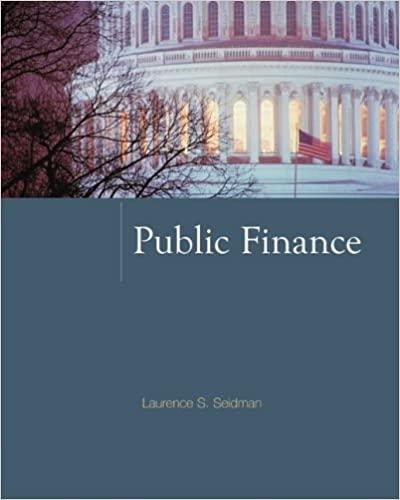Question
1. EBC is considering a new project which is the application of a radically new liquid nano-coating technology to a new type of solar water
1. EBC is considering a new project which is the application of a radically new liquid nano-coating technology to a new type of solar water heater module. EBC has a three-year license from Harvard University after which the license is open to all companies. It is not clear how well the water heater will work, how strong demand for it will be, how long it will be before the product becomes obsolete or how competition will affect cashflows after the license is open for all. Still, the water heater has the potential for being profitable, though it could fail miserably. EBC is a relatively large company and this is one of its many projects, so a failure would not bankrupt the firm (i.e., firm is bankruptcy remote) but would hurt profits.
The cost estimate of equipment to manufacture the water heaters is $10 million and will be depreciated under the MACRS 3-year class of 33.33% 44.45%, 14.81% and 7.41% in years 1-4 respectively. At the end of four years, the equipment could be salvaged at $1 million. There are no alternative uses of this equipment and there are also no negative externality effects.
It is estimated that EBC could sell 12,000 water heaters in year 1; water heaters expected to be sold in year 2 could increase by 25% from year 1 sales; water heaters projected to be sold in year 3 could increase by additional 25% from year 2 sales but water heaters that could sold in year 4 will decrease by 33% from year 3 sales as EBC's patent expires. The price per water heater in the first year is projected to be $2,000 with an expected increase in prices due to 4% inflation per year after year 1. The variable operating cost per water heater is projected to be $1,560 in year 1 and these operating costs could increase by 3% per year after year 1. EBC's general selling and administrative expenses is estimated to be $1.107 million in year 1 made up of (typically) batch costs and do not changes significantly. These non-variable costs are expected to increase 3% per year after year 1.
EBC's estimated cost of financing (capital) this proposed investment is 10% and its required working capital is also 10% of next years sales. EBC's tax rate is 25%.
You have been approached by the president of the company with a request to analyze and critically evaluate the project. Calculate the payback period, profitability index, net present value, and internal rate of return for the new water heater project. Suppose GPCs uses internal rate return in its decision making process and its new project investment guidelines is set at a minimum return of 15%, should GPC implement this project? Discuss.
Step by Step Solution
There are 3 Steps involved in it
Step: 1

Get Instant Access to Expert-Tailored Solutions
See step-by-step solutions with expert insights and AI powered tools for academic success
Step: 2

Step: 3

Ace Your Homework with AI
Get the answers you need in no time with our AI-driven, step-by-step assistance
Get Started


